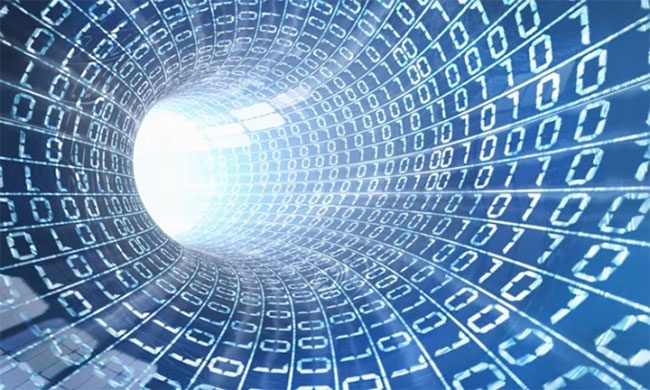Japanese engineers have shattered records by successfully transmitting data at a speed more than 22 times faster per second than the global Internet speed through a fiber optic cable.

The new fiber optic system breaks the data transmission speed record. (Photo: Depositphotos).
The fastest Internet connection in the world available to consumers today is 10 gigabits per second (Gb/s). However, most conventional connections only reach speeds of a few hundred megabits per second (Mb/s). Currently, the National Institute of Information and Communications Technology (NICT) in Japan has achieved extremely high data transmission speeds of up to 22.9 petabits per second (Pb/s). One petabit equals one million gigabits, fast enough to transmit the entire traffic of the global Internet in one second more than 22 times faster than the remaining bandwidth. In comparison, NASA has only achieved speeds of 46 terabits per second, or 0.046 Pb/s.
To reach this milestone, NICT utilized several new technologies. Instead of using a single data transmission core, the fiber cable contains 38 cores, each capable of transmitting data across a total of 114 spatial channels. Each mode within each spatial channel is formed from 750 wavelength channels across three frequency bands (S, C, and L), providing a bandwidth of 18.8 THz.
This technology contributes to increasing the data transmission speed to 22.9 Pb/s, more than double the previous record set in 2020. The research team at NICT has stated that the current system could achieve even faster speeds of up to 24.7 Pb/s if error correction is optimized.
However, decoding data involves a complex signal processing procedure, requiring the installation of specialized devices called MIMO receivers throughout the network. In the shorter term, the 4-core fiber optic version transmits data in a single mode per core, compatible with existing infrastructure, at speeds exceeding 1 Pb/s.


















































